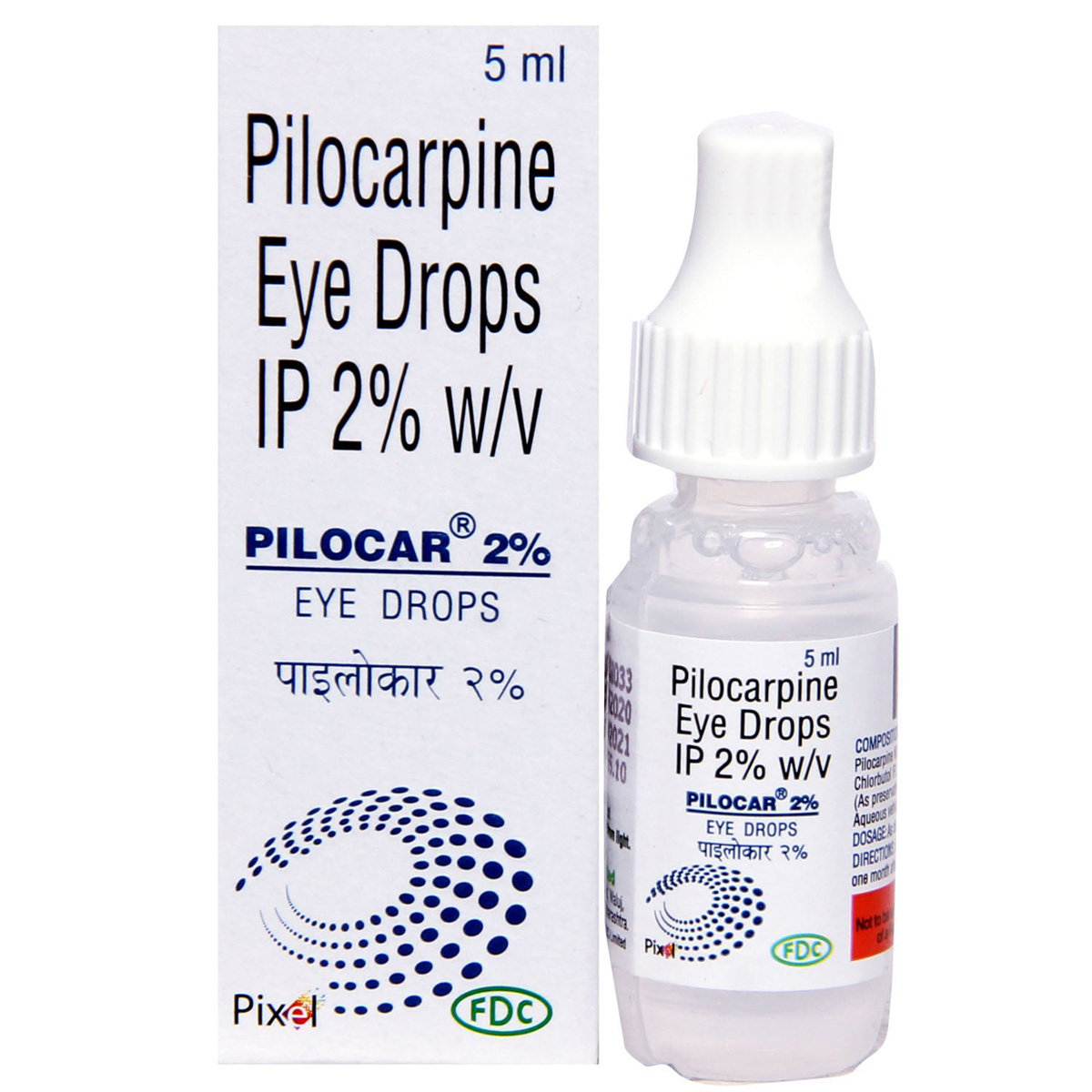Pilopress Eye Drop


MRP ₹32
(Inclusive of all Taxes)
₹4.8 Cashback (15%)
Provide Delivery Location
Online payment accepted
 Prescription drug
Prescription drugWhats That
Synonym :
Composition :
Manufacturer/Marketer :
Consume Type :
Return Policy :
About Pilopress Eye Drop
Pilopress Eye Drop belongs to 'ophthalmic medication' used to treat raised pressure in the eye in conditions such as open-angle glaucoma or ocular hypertension. Pilopress Eye Drop is also used to prevent postoperative elevated IOP associated with laser surgery and the induction of miosis (excessive constriction (shrinking) of the eye's pupil). Ocular hypertension is a condition in which the eye's pressure is higher than normal due to poor drainage of the aqueous humour (fluid inside the eye). Glaucoma is an eye disease in which the optic nerve is damaged due to abnormally high pressure inside the eye. If this condition is left untreated, it can lead to permanent vision loss.
Pilopress Eye Drop contains Pilocarpine. Pilocarpine is a cholinergic agonist and works by draining the excess fluid from the eye, thereby reducing pressure. Pilopress Eye Drop should be used only in the infected eye, and contact with the normal eye should be avoided.
You should take this medicine exactly as prescribed by the doctor. The common side-effects of Pilopress Eye Drop are headache/brow ache, accommodative change, eye irritation, eye pain, blurred vision, and/or visual impairment. Most of these side effects of Pilopress Eye Drop do not require medical attention and gradually resolve over time. However, if the side effects persist or worsen, please consult your doctor.
It is not recommended to take Pilopress Eye Drop if you are allergic to any contents of it. Pilopress Eye Drop should not be used in patients with a medical history of eye problems such as pre-existing retinal disease, cataracts (a medical condition in which the lens of the eye becomes progressively opaque, resulting in blurred vision), acute iritis (inflammation of the coloured part of the eye) or anterior uveitis (inflammation of the middle layer of the eye), and secondary glaucoma (have an identifiable cause of optic nerve damage). It should be used cautiously in children or adolescents under 18, pregnant women, and breastfeeding mothers. Pilopress Eye Drop may interact with alcohol, so do not consume alcohol while using this medicine. Pilopress Eye Drop may temporarily cause vision loss, so do not drive or operate heavy machinery if you experience blurred vision.
Uses of Pilopress Eye Drop
Directions for Use
Medicinal Benefits
Pilopress Eye Drop is used to reduce pressure inside the eye. It decreases the fluid production in the eye and increases the natural flow of fluid from inside the eye into the bloodstream. These effects help to decrease the pressure and swelling inside the eye. It helps improve vision and prevent the complications of open-angle glaucoma or ocular hypertension complications.
Storage
Drug Warnings
It is not recommended to take Pilopress Eye Drop if you are allergic to any contents of it. Pilopress Eye Drop should not be used in patients with a medical history of eye problems such as pre-existing retinal disease, cataracts (a medical condition in which the lens of the eye becomes progressively opaque, resulting in blurred vision), acute iritis (inflammation of the coloured part of the eye) or anterior uveitis (inflammation of the middle layer of the eye), and secondary glaucoma (have an identifiable cause of optic nerve damage). It should be used with caution in children or adolescents under the age of 18 years, pregnant women, and breastfeeding mothers. Pilopress Eye Drop may interact with alcohol, so do not consume alcohol while using this medicine. Pilopress Eye Drop may temporarily cause vision loss, so do not drive or operate heavy machinery if you experience blurred vision. Use Pilopress Eye Drop eye drops and eye gel exactly as directed. Please do not use it more or less or use it more often than your doctor prescribed. STOP the medication immediately and inform your doctor immediately if you develop any eye problems such as irritation, redness, or dry eyes, eye infection, or if your condition worsens condition while using Pilopress Eye Drop.
Diet & Lifestyle Advise
- Visit an optician regularly to monitor your eye pressure.
- Avoid alcoholic beverages with Pilopress Eye Drop as it can make you dehydrated and affect the eye's pressure.
- Try to include heart-healthy omega 3 fatty acid containing food drinks in your daily diet. You can also use low-fat cooking oil like olive oil, soybean oil, canola oil, and coconut oil.
- A diet including green and leafy vegetables, fruits helps to lower eye pressure.
- Do regular moderate exercise and appropriate rest is important for illness.
- Fruits and vegetables which contain Vitamin A and C help to improve vision and recover from the disease.
Side Effects of Pilopress Eye Drop
- Headache/brow ache
- Accommodative change
- Eye irritation
- Eye pain
- Blurred vision, and/or visual impairment.
Habit Forming
Therapeutic Class
Product Substitutes
FAQs
Pilopress Eye Drop is used to decrease pressure inside the eye. It contains Pilocarpine. It reduces the eye's fluid production and increases the natural flow of fluid from inside the eye into the bloodstream. These effects help to decrease the pressure and swelling inside the eye. It helps to improve vision and prevent the complications of open-angle glaucoma or ocular hypertension.
It is advised to remove your lenses before using Pilopress Eye Drop and wear them back 10 minutes after using Pilopress Eye Drop.
Pilopress Eye Drop should not be used simultaneously with other eye medications. However, if prescribed by the health care professional, you should at least maintain an interval of 10-15 minutes between the two eye medications.
Please do not stop taking Pilopress Eye Drop even if you feel better, which may worsen your condition. For the best advice, consult your doctor and do as recommended.
Drug-Drug Interactions Checker List
- CETIRIZINE
- DIPHENHYDRAMINE
- FEXOFENADINE
- NEOSTIGMINE
- PHENYLEPHRINE
- Orphenadrine
- PROCYCLIDINE
- TRIHEXIPHENIDYL
- CHLORPROMAZINE
- GUANETHIDINE
Special Advise
- Do not wear contact lenses before using Pilopress Eye Drop for at least 10 min after using Pilopress Eye Drop.
- Your doctor may perform an eye examination before using Pilopress Eye Drop and during the treatment if you have had any eye disorders.
- Let your doctor know that you are taking Pilopress Eye Drop before undergoing any operation or surgery as this medicine may interact with medicines used during anaesthesia.
Disease/Condition Glossary
Ocular hypertension: Ocular hypertension is a condition in which the eye's pressure is higher than normal due to poor drainage of the aqueous humour (fluid inside the eye). Essentially, this means that too much fluid enters the eye without being drained, causing high amounts of pressure to build up. The increased pressure can be due to certain other diseases, an injury, or an adverse effect of certain medications. If left untreated, it can lead to optic nerve damage and permanent vision loss.
Glaucoma: Glaucoma is an eye condition that causes damage to the optic nerve (essential for good vision) due to abnormally increased pressure in the eye. If it is not treated in time, it may cause blindness. Usually, there are no symptoms of glaucoma initially except the slow loss of vision gradually. However, some symptoms include visible rainbow-coloured circles around bright lights or blurred vision. Rarely, glaucoma can develop suddenly with intense pain in the eye, visual disturbance, or nausea.

Have a query?
Alcohol
Unsafe
Pilopress Eye Drop may interact with alcohol, so it is advised not to drink alcohol while using this medicine.
Pregnancy
Caution
Pregnancy. Category C. Pilopress Eye Drop should be used in pregnant women only if clinically needed when benefits outweigh the risks.
Breast Feeding
Caution
Pilopress Eye Drop should be used in breastfeeding mothers only if clinically needed when benefits outweigh the risks.
Driving
Unsafe
Pilopress Eye Drop may cause temporary blurred vision, so do not drive or operate heavy machinery until your vision is clear.
Liver
Safe if prescribed
Pilopress Eye Drop is probably safe when used in patients with liver diseases. In case you experience any difficulty, discuss with your doctor.
Kidney
Safe if prescribed
Pilopress Eye Drop is probably safe when used in patients with kidney diseases. In case you experience any difficulty, discuss with your doctor.
Children
Caution
Pilopress Eye Drop should be used in children and adolescents under 18 years of age only if clinically needed when benefits outweigh the risks. The dose may have to be adjusted by your doctor.





